Miniature paintings, as the name denotes are elegant and intricate handmade paintings smaller in size than most normal paintings. The rich history of these miniature artworks involves an exploration of the Mughal history, scriptures and different schools of painting.Most of these works comprise themes based on the Ragas, or a pattern of musical notes as well as religious and mythological stories. It emerged and flourished in 750 A.D when the Palas ruled over eastern part of India but thrived under the Mughal empire. Due to the rise of the empire as well as thanks to Akbar’s love for art, Indian miniature paintings evolved to form a Mughal style. Though its practice may have waned, miniature art has a distinguished place in history, as a chronicler of knowledge passed through the ages.

Origin
Initially, paintings were done on palm leaves and were meant to be illustrations for sacred texts. These took a miniature form due to the constraints of the leaves. Natural and organic materials such as stone dust, gold and silver dust were used to create well crafted and exquisite designs. While Buddhism encouraged it in the East, Jainism drived it in the West. Physical traits, vigorous lines, intricate methods and bold colours were used for optimum results. However, With the advent of Persian influences in the 15th century, paper replaced palm leaves, while hunting scenes and varied facial types started appearing along with the use of rich aquamarine blues and golds as artists started developing distinct styles as well.
Mughal Miniature paintings (16th - 18th century)
Mughal artworks were extremely finely detailed and defined a rich period in Miniature Paintings history. Emperor Akbar’s reign saw works documenting palace life and royalty while Emperor Jahangir’s reign witnessed more refinement and elements of nature. In general, the Mughal style incorporated several prominent features from Indigeneous Indian styles and the Persian school of painting. It introduced realism as well as comprised some Western techniques like shading and perspective.
Rajasthani Miniature Paintings (17th - 18th century)
Unlike Mughal miniature art, which depicted royal life, Rajasthani miniatures centered around the love stories of Lord Krishna and the mythological literature of Ramayana and Mahabharata, created as manuscripts and decorations on the walls of havelis and forts.
As the influence of the Mughal empire declined, Rajasthani miniature artworks evolved with its own characteristics from earlier forms. Different parts of Rajasthan that practice this art are Mewar, Malwa, AmberJaipur, Bikaner and Kishengarh. Unlike Mughal paintings which were centred on wealth and royalty, these were based on themes such as Mythological tales of Ramayana and Mhabharata, love stories of Lord Krishna created for decoration. The early Mewar paintings were characterised by red backgrounds and dark skies. Natural colour extracted from plants were used for good contrasts and fine details. These artworks commonly portrayed social values that were to be upheld by the citizens for betterment of the empire.
Pahadi Art (17th - 19th century)
Pahadi art emerged in North India with influences from the Rajasthani school of paintings. The most prominent and common feature of these is its religious significance. Pahadi art is usually centred on illustrations of gods and goddesses. These also often contain frames and bold borders inspired by Mughal miniatures. They are further divided into various other styles such as Garhwal, Basohli, the delicate Kangra style and the exquisite, Chamba style. Another popular school is Bani Thani, named after the enchanting mistress of Raja Sawant Singh of Kishangarh. It is believed that her facial features were the inspiration for this particular art style.
Deccani Style (16th - 19th century)
The Deccani style refers to the miniature art style that was practiced in Bijapur, Ahmednagar, Golkonda and Hyderabad from the 16th-19th century. They were less interested in realism than the Mughals, instead pursuing a more inward journey, with mystic and fantastic overtones. The paintings are relatively rare, and few are signed or dated, or indeed inscribed at all; very few names are known compared to the generally well-documented Mughal imperial workshops.
An artist who creates incredible Miniature Paintings with Memeraki is Rajendra Sharma. A self taught who learnt the intricacies of miniature art on his own as he did not belong to a family of artists, his father was actually a legal draftsman. Being in Jaipur and seeing the beautiful art all over Jaipur as this art was patronized by the Mughals, Miniature paintings were what he was naturally drawn towards. His dream is to popularise this art in all corners of the world so many more people can continue to learn and take this art forward. Another artist who works closely with us, is Mohan Prajapati who has been painting since the age of 10. He and his brother learnt from their father who was also a miniature artist. He has now been painting for the last 40 years – he has learnt many genres of miniature art – Mughal, Bani Thani and Kangra and has also received many awards in Mughal style of miniature art. He has also incorporated a unique style of Pichwai in Miniature style. He has exhibited at New York, China, Bahrain and many domestic exhibitions. In 2004 he has received the State awards and the National award in 2007. You can find beautiful paintings from both of these artists here.
~ Written by Khushi Daryani













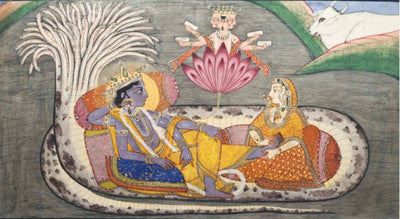
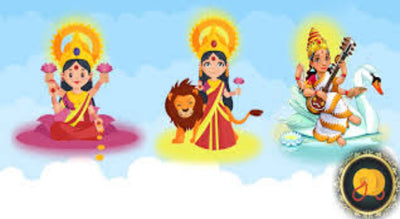
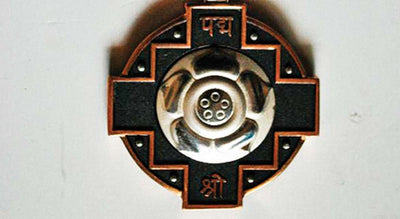
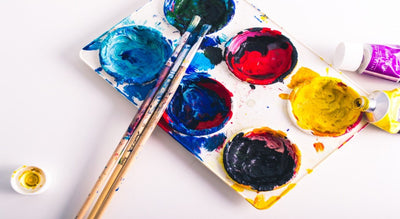
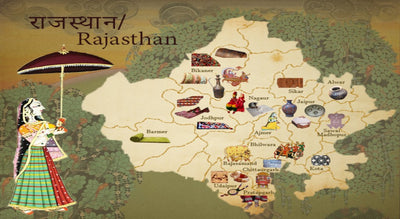
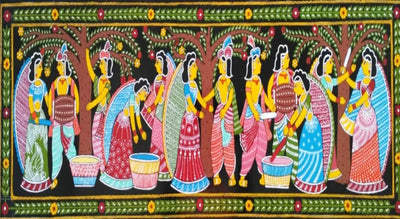
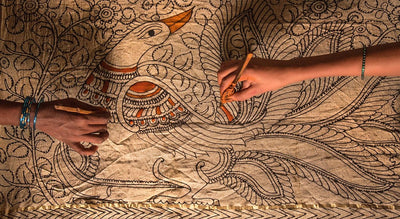



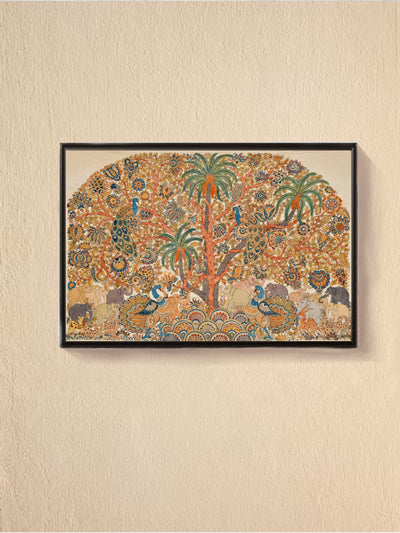







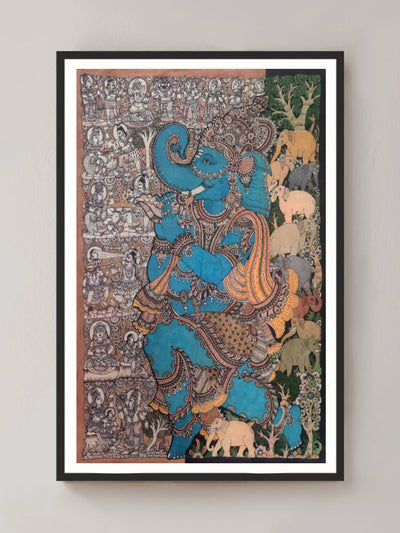








0 comments